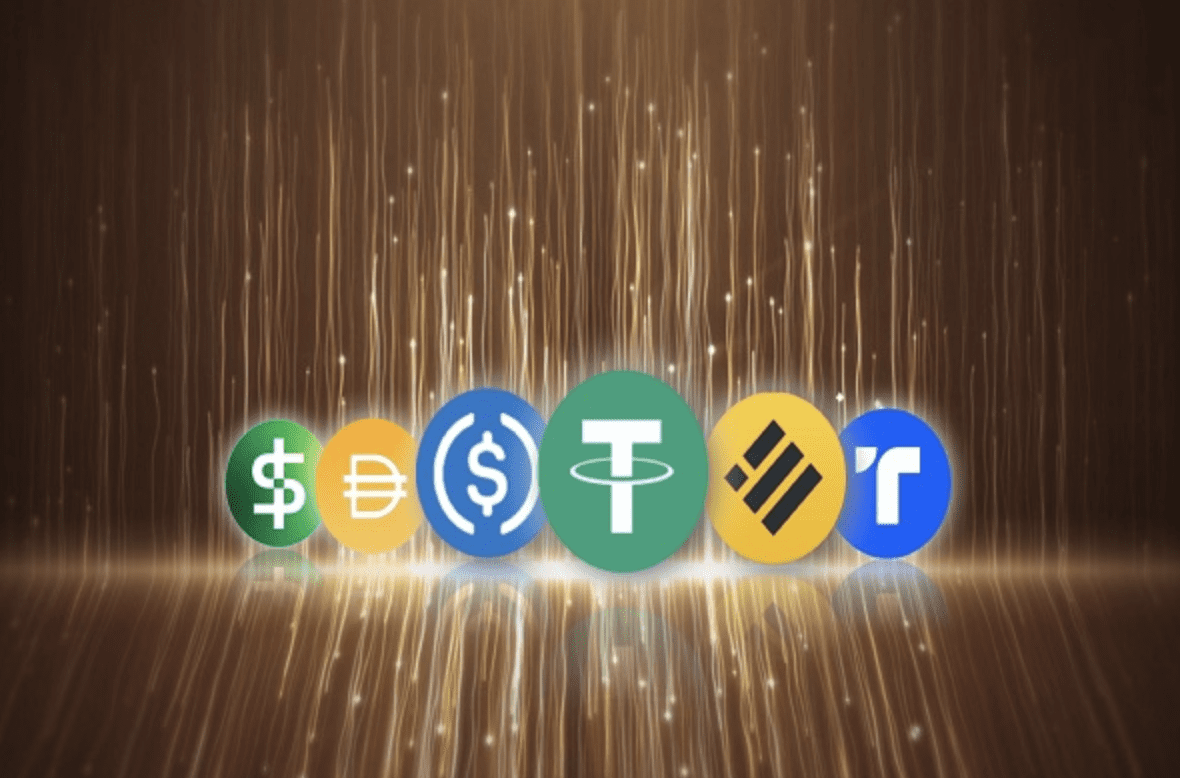The Rise of Stablecoins: What You Need to Know
For a long time, when you asked people about cryptocurrency, all that came to their mind was Bitcoin. This notion was understandable as Bitcoin was the one who ushered in the cryptocurrency dynasty. However, many people need to be educated that the industry has grown massively and that Bitcoin is no longer the only talk of the town.
Bitcoin has done great things in the industry, and there is no doubt about that, but numerous technological advancements are pushing other digital assets to the limelight. As a result, the digital assets space has diversified with many options like altcoins and NFTs, and one that is becoming quite popular is stablecoins. Furthermore, the growth of Stablecoins refers to the fact that traditional currencies were limited in many ways.
Another factor responsible for this growth is that many people were looking for fresh possibilities after using Bitcoin for a long time. So, now that stablecoins are becoming more dominant in the financial sector, you need to know many things about them. Therefore, this crypto guide will discuss the rise of stablecoins, giving you everything you need about the coin.
What are Stablecoins?
Stablecoins are a type of cryptocurrency that maintains a stable value relative to its holding the asset. It could be pegged to any investment, primarily traditional currencies like dollars or a commodity like gold. You can check here to learn of the different ways you can make use of stablecoins in today’s ever-changing financial space.
These coins are known for having a stable price value, hence the name stablecoins. They aim to provide a better alternative to Bitcoin and other highly volatile currencies. One of the main aims of cryptocurrency is to provide a better option for using Bitcoin to process everyday transactions.
Types of Stablecoins
Stablecoins are now mainly in circulation due to the high consumer demand. Four types of stablecoins are available below.
1. Fiat-Backed Stablecoins
Fiat-backed stablecoins are cryptocurrencies with ties to traditional or fiat currencies. These coins have government-issued coins back them, like the US dollar. Furthermore, each fiat-backed stablecoin relies on particular conventional money in a one-to-one ratio.
An example of a fiat-backed stablecoin is Tether (USDT) which is tied to the American dollar reserves. Tether is the largest and most populous stablecoin in the industry. It presently has a market cap of over 80 billion, making it the third most popular cryptocurrency by market capitalization.
2. Commodity-Backed Stablecoins
These cryptocurrencies are tied to physical commodities like gold, real estate, or metals to ensure stability. However, gold is the most predominantly used commodity as it already has a significant price value. Therefore, through the help of these coins, their holders can participate in the gold market. One thing worth noting is that gold is volatile, which is probably why fiat-based stablecoins are the most popular.
3. Cryptocurrency-Backed Stablecoins
Cryptocurrency-backed stablecoins are digital currencies tied to one or more crypto coins as collateral to provide stability. An example of this option is the DAI stablecoin which is linked to the US dollar but backed by Ethereum and other cryptocurrencies.
4. Algorithmic Stablecoins
Algorithmic stablecoins are the only odd ones out of the group. They are not tied to any collateral to achieve their stability but rather obtain their price stability by using algorithms to control the flow of their coins in the crypto market. When the price of the stablecoin goes above its intended price, the algorithm issues new tokens to reduce its cost and vice versa.
The Benefits of Using Stablecoins
Stablecoins offer many benefits that are way better than Bitcoin and Ethereum. Many of these benefits have been why stablecoins are rising seriously in the crypto market. Some of these benefits include:
Maintains a Stable Value
Their stable value makes them the perfect coin to use as a means of exchange without you worrying about their value fluctuating. So, if you are looking for a currency for everyday payments, stablecoins like Tether and Binance (USD) are best.
Transactions are quick
Stablecoins also operate on blockchain technology because it is a cryptocurrencies. As a result, people can process transactions quickly without the involvement of any bank or government institution.
Cross Border Transactions
With stablecoins, it is possible to send money across borders without stress. Cross-border transactions, especially with traditional currencies, are known to take a long time because it might take a while to confirm the transaction. However, with stablecoins, these transactions are way faster.
Know the Risks Surrounding Stablecoins
Stablecoins do not go without some risks, but it only affects you based on your intended use for the coin. For example, they can be used as a payment means or for investment. Therefore, one risky feature of stablecoin is that they need to be more suitable for trading purposes.
The ability to make profits from crypto investments is using the fluctuation in value to your benefit. But with stablecoins, there is little margin for earnings as it does not experience frequent rise and fall in value.
Also, with stablecoins, there is a considerable possibility that traders may subject these coins to potential drawbacks because of the collateral they relate to. For example, if the US dollar reserves experience a dip, it might affect the value of the stablecoin to which it is linked.
Conclusion
As the cryptocurrency market continues to improve, it would be interesting to know the state of stablecoins. Furthermore, many traders are interested in the reliability of stablecoins and if they would be sustainable as a traditional means of payment. Therefore, according to this Bitcoin education recommendation guide, there are severe high hopes for stablecoins as they are perfect alternatives to fiat currency or Bitcoin payments.













Leave a Reply
Want to join the discussion?Feel free to contribute!